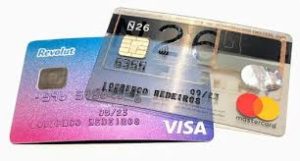All current bank accounts have a BIC and an IBAN to identify them. You will need to give your IBAN and BIC to organisations that need to pay money into your bank account – such as Social Welfare
BIC
The BIC (Business Identifier Code) is a unique address which identifies precisely the Bank (not the Branch) involved in a financial transaction. When used in conjunction with the IBAN it identifies the bank at which the account of the beneficiary is held.
A valid BIC can be eight or eleven characters, although most banks in Ireland use eight character BICs. In some cases the suffix ‘XXX’ is displayed at the end of a BIC.
IBAN
An IBAN (International Bank Account Number) is an internationally agreed standard created to uniquely identify the account of a customer at a financial institution.
The IBAN consists of up to 34 alphanumeric characters. In Ireland, the standard length of an IBAN is 22 characters.
Example: IE 64 IRCE78945412345678
The first two letters denote the country code, then two check digits, and finally a country-specific Basic Bank Account Number (BBAN), which includes the domestic bank account number, branch identifier, and potential routing information.
Where to find your BIC and IBAN
You can find your IBAN and BIC on you bank statement or online account.

